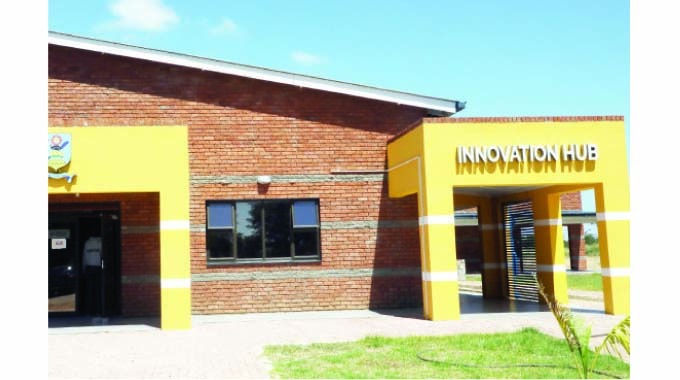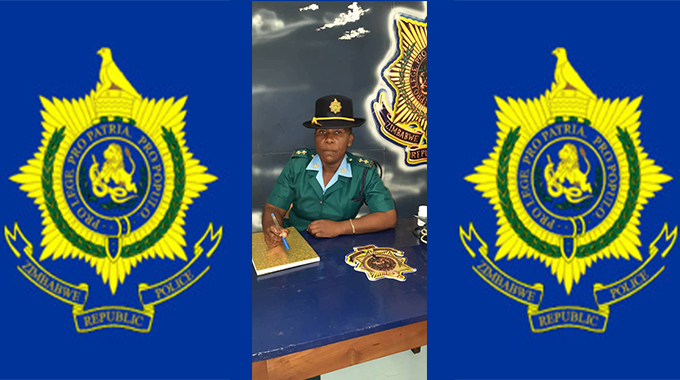Second Republic implements 230 projects in Bulawayo

Nqobile Tshili, [email protected]
The Second Republic has, during its first term, implemented several transformative projects, creating over 1 000 jobs in Bulawayo as it sets the tone for the city to reclaim its status as the country’s industrial capital.
A total of 230 projects were implemented in the country’s second-largest city from 2018 to date. The projects are cross-cutting from health, capital injection into industries, water, and sanitation, education, provision of social protection nets, and infrastructural development.
So far, 163 projects have been completed while 67 are in different stages of implementation.
The projects also speak to housing delivery, youth empowerment, and safety nets for victims of gender-based violence.
The projects are in sync with President Mnangagwa’s development agenda of leaving no one and no place behind as the country journeys towards an upper middle-income economy by 2030.
According to a compendium of successful projects implemented in Bulawayo, the revival of Bulawayo industries was among President Mnangagwa’s top priorities.
“Bulawayo suffered decade-long economic challenges that caused many firms to fold and thousands of jobs were lost. It is in this vein that the Second Republic committed to rebuilding Zimbabwe’s once vibrant industrial base,” reads the document.
The revitalisation efforts have seen big companies such as the Treger Group of companies, Shepco BMA Fasteners, Arenel, and Zambezi Tanner among others, emerging stronger.
“Six major companies were revived and the other four were at different levels of completion. Cumulatively over 1 000 jobs were created in the process,” read the compendium.
Accordingly, the reopening of Cold Storage Company has benefited livestock farmers who have become a market of the company.
Zambezi Tannery’s new processing plant was installed to kick-start leather production and restore the value chains of the leather industry.
“Downstream activities have been revived through the manufacturing of leather products such as belts, bags, and wallets. Grain bag production was enhanced at Treger Group through plant modernisation. Local production substituted the importation of grain bags saving foreign currency, and over 200 jobs were created.”
President Mnangagwa also intervened to address Bulawayo’s water crisis whose severe impact was felt in 2020 when 15 residents from Luveve suburb died after drinking contaminated water.
Bulawayo has been going through one of its worst water crises in recent years as a result of obsolete equipment, lower water levels in the city’s supply dams as well as constant electricity power cuts.

Hwange Unit 7 and 8 that were officially commissioned by the President recently. – (Picture by Office of the President and Cabinet)
The document stated that the successful synchronisation of Hwange Power Station Unit 7 to the national grid will ease water woes in Bulawayo, making it possible for the 691 million cubic metre-Lake Gwayi-Shangani Project to provide 220 megalitres.
Government also constructed a 2,5 -megalitre water reservoir at the United Bulawayo Hospitals and drilled three boreholes to improve sanitation and hygiene at the health facility.
The Second Republic rehabilitated outfall sewers in Cowdray Park, Matshobana, Colbro, Nkulumane, and Centurion and financed the installation of four water kiosks and the installation of a 6,6 kilo volts vacuum in Fernhill to enhance raw water delivery to the city.
“Government financed the Zimbabwe National Water Authority in the rehabilitation of Epping Forest and Rochester Aquifer projects enabling the city to draw 20 megalitres of water from Nyamandlovu. As a permanent solution to the city’s water crisis, Government started Lake Gwayi-Shangani construction which coincides with the laying of the 252km-Gwayi-Shangani-Bulawayo pipeline,” read the compendium.
The project will also enhance food security in the Matabeleland region as dams in Matabeleland South that supply Bulawayo will be relieved to support irrigation projects while 10 000 hectares have been identified in Matabeleland for irrigation.

Thorngrove Infectious Disease Hospital
In the health sector, the Second Republic rehabilitated Thorngrove Infectious Disease Hospital, Ekusileni, and Bartley Memorial Block at UBH were refurbished to meet World Health Organisation (WHO) standards to decongest other hospitals in the city during the management of Covid-19.
The Second Republic constructed the Obstetric Fistula Clinic and an Orthopaedic Hospital while renovations were made at Mpilo Central Hospital Ward 5.
At Mpilo Central Hospital, the Government also rebuilt and modernised quarters for junior doctors and constructed an uninterrupted power supply line to the radiotherapy department among other projects to improve access to health care.
Government also modernised the Civil Registry Offices in Bulawayo and introduced an e-passports process facility while information centres were established across the city.
In the higher and tertiary sector, Government established an Innovation hub at the National University of Science and Technology which houses a DNA laboratory whose services are felt at the national level.
Last year in November, President Mnangagwa presided over the groundbreaking ceremony of the National University of Science and Technology (Nust) Technovation Centre.

Some of the building projects underway at National University of Science and Technology (Nust)
Government has completed the construction of the Students Accommodation Complex near Nust to cater for 1 032 students.
“The provision of decent accommodation for all citizens is a national priority. In that regard, Government constructed institutional accommodation for tertiary students while housing stands were being developed for the general population. A total of 4 261 stands are at different levels of development across the city to reduce the backlog of housing units,” reads the compendium.
While the Government was involved in several infrastructure development projects, it also touched several vulnerable members of the public.
Government paid school fees for 41 283 pupils under the Basic Education Assistance Module programme while 12 968 benefited from the Food Deficit Mitigation Programme and 9 199 households benefited from the Harmonised Social Cash Transfer.
The adoption of the National Disability Policy in 2021 resulted in more people with disabilities being able to claim financial grants. — @nqotshili












Comments